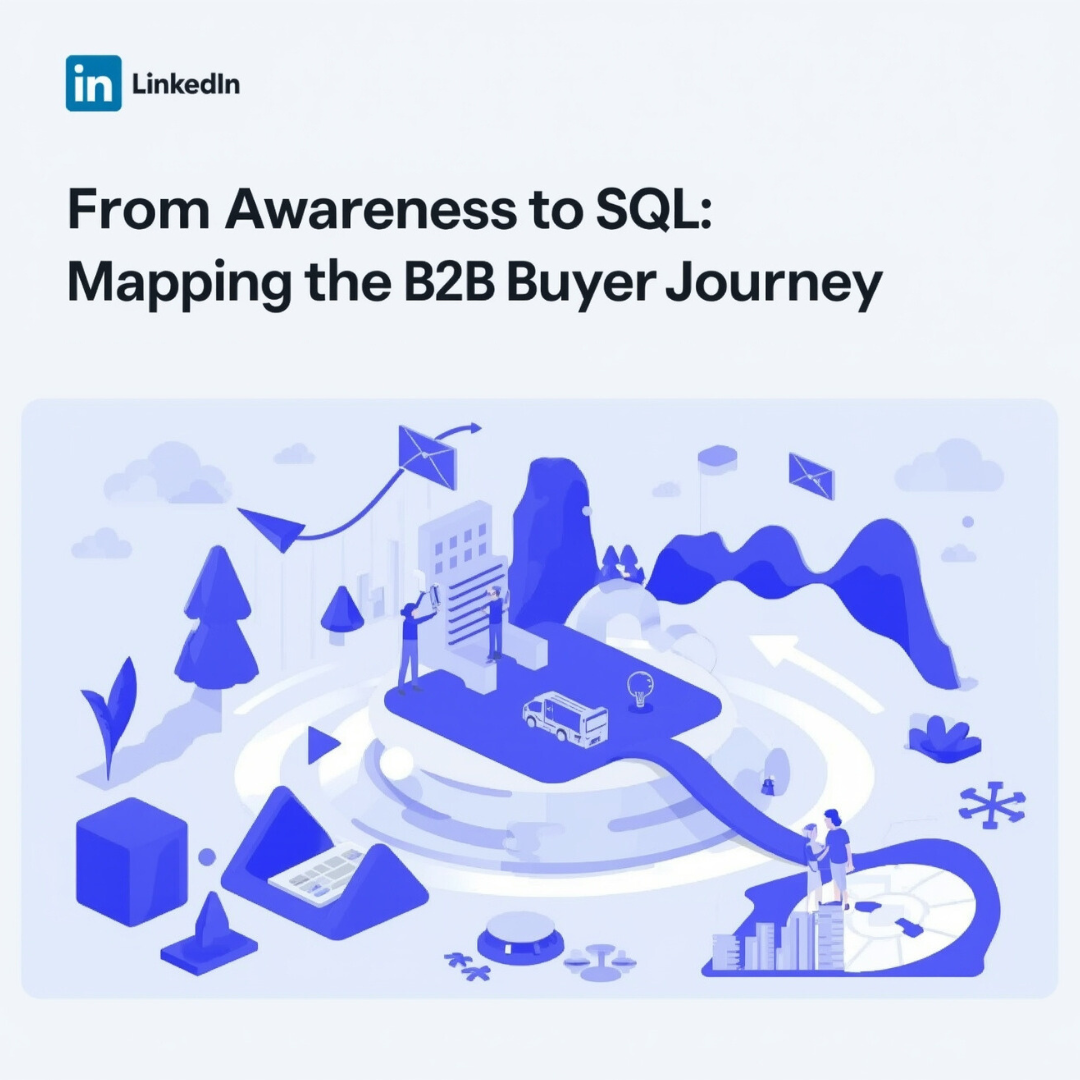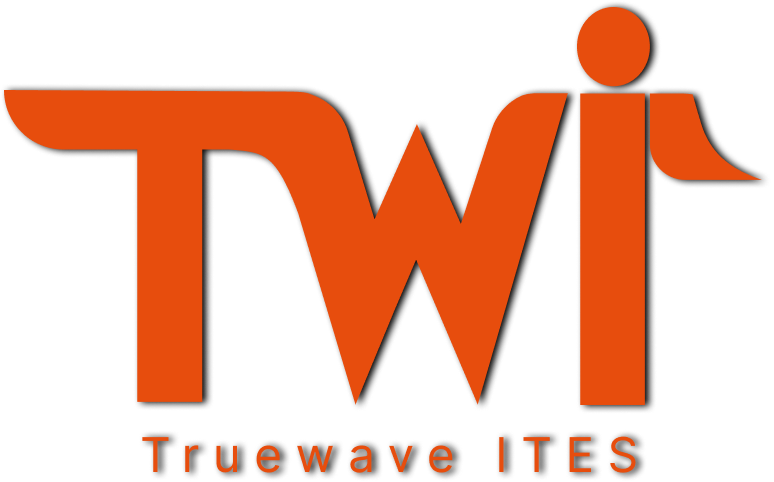
From Awareness to SQL: Mapping the B2B Buyer Journey to Maximize Lead Conversion
Every B2B marketer wants the same thing: a pipeline filled with sales-qualified leads (SQLs) who are genuinely interested in what you offer. But generating those leads takes more than just pushing out content or launching ad campaigns. It requires a clear, strategic understanding of Mapping the B2B Buyer Journey—from the moment they discover your brand to when they’re ready to talk to sales.
The challenge? Many companies approach demand generation as a one-size-fits-all process. They create content without considering where the Mapping the B2B Buyer Journey or what kind of information they need to move forward. As a result, promising leads drop off before they’re ready to convert.
In this article, we’ll walk through how to map the B2B buyer journey from awareness to SQL. You’ll learn how to align your messaging, content, and outreach strategies to each stage—so that instead of losing leads, you’re nurturing them with purpose and precision.
Why Mapping the Buyer Journey Matters More Than Ever
Today’s B2B buyers are more empowered than ever. They conduct extensive research, compare solutions, and engage with multiple touchpoints—often before speaking to a sales rep.
Here’s what the typical journey might look like:
- Awareness: “I have a problem. What are my options?”
- Consideration: “How do different solutions compare?”
- Decision: “Is this the right vendor for me?”
If your content and outreach don’t match the mindset of the buyer at each stage, they won’t engage. Worse, they might go with a competitor who provides more timely and relevant value.
Mapping the journey allows you to:
- Understand buyer intent and behavior at every touchpoint
- Personalize content and outreach for higher engagement
- Move leads forward—intentionally and efficiently
Stage 1: Awareness — Capturing Attention with the Right Hooks
At this stage, your prospects may not even know they need your solution yet. They’re focused on identifying and understanding their problem.
Your goal: Spark curiosity, educate, and establish your brand as a trustworthy resource.
Effective content formats:
- Educational blog posts (e.g., “Why Your Sales Team Is Missing Quotas—And What To Do About It”)
- Explainer videos or infographics
- Industry trend reports
- SEO-optimized content for top-of-funnel keywords
Tips for success:
- Avoid product-heavy messaging.
- Focus on pain points and challenges.
- Use clear, benefit-driven headlines to attract organic traffic.
Example: A B2B HR tech company published a guide titled “The Real Cost of High Employee Turnover,” which attracted thousands of top-funnel visitors without mentioning the product once.
Stage 2: Consideration — Guiding Buyers Toward Solutions
By now, the prospect is aware of the problem and is actively researching ways to solve it. They’re comparing vendors, reading reviews, and evaluating features.
Your goal: Provide clarity, build credibility, and show how your solution stands out—without hard-selling.
Effective content formats:
- Comparison guides
- Case studies
- Webinars and live Q&A sessions
- Buyer’s checklists
Tips for success:
- Use email nurturing to share mid-funnel resources.
- Incorporate customer testimonials or industry use cases.
- Align messaging with industry-specific needs.
Example: A cybersecurity platform used intent data to retarget visitors who downloaded their comparison guide with an invitation to a niche-focused webinar. Attendance and conversion rates nearly doubled.
Stage 3: Decision — Moving Prospects from MQL to SQL
This is the moment of truth. The buyer is shortlisting options and is almost ready to speak to a sales rep—if they haven’t already.
Your goal: Minimize friction, showcase results, and make it easy for them to say “yes” to the next step.
Effective content formats:
- Personalized demo invitations
- ROI calculators
- Product one-pagers and pricing FAQs
- Email sequences with clear CTAs
Tips for success:
- Route leads to sales quickly based on engagement signals.
- Personalize the messaging—reference industry, role, or prior interactions.
- Ensure your sales and marketing teams are aligned on what qualifies as an SQL.
Example: A SaaS company used AI lead scoring combined with website behavior data to prioritize high-intent leads. These were automatically flagged as SQLs and handed to sales with a personalized briefing. This alignment boosted conversion-to-opportunity rates by 38%.
How to Bridge Gaps in Your Buyer Journey
Even with a mapped journey, gaps often exist—causing leads to stall or disappear. Here’s how to fix them:
- Audit your content library: Do you have relevant assets for each stage? Are there any content deserts?
- Use lead scoring intelligently: Align scoring with actual buying behavior—not arbitrary rules.
- Integrate sales and marketing tools: Platforms like HubSpot, Pardot, or Marketo can help create smoother transitions from MQL to SQL.
- Review funnel performance regularly: Where do leads typically drop off? What touchpoints convert best?
The Role of Intent Data in Mapping the B2B Buyer Journey
Buyer behavior alone isn’t enough. Intent data can add depth to your journey map by signaling which accounts are in-market and what topics they’re researching.
- Third-party data from platforms like Bombora reveals what your buyers are researching outside your site.
- First-party data shows how they’re engaging with your emails, pages, and offers.
Use this data to:
- Time outreach more effectively
- Personalize content suggestions
- Qualify leads with greater precision
Tip: When intent data is layered with behavioral scoring, your SQLs become not just warm—but sales-ready.
Conclusion: From Awareness to SQL, Strategy Beats Guesswork
Mapping the B2B buyer journey isn’t just a marketing exercise—it’s a revenue strategy. By aligning your content and outreach to each stage of the journey, you reduce drop-offs, increase trust, and turn more leads into sales-qualified opportunities.
Remember:
- Awareness requires education, not selling.
- Consideration needs comparison, not persuasion.
- Decision demands confidence, not pressure.
Want to optimize your buyer journey from top to bottom? Start by identifying your biggest gaps—and let intent and behavior guide your next move.


